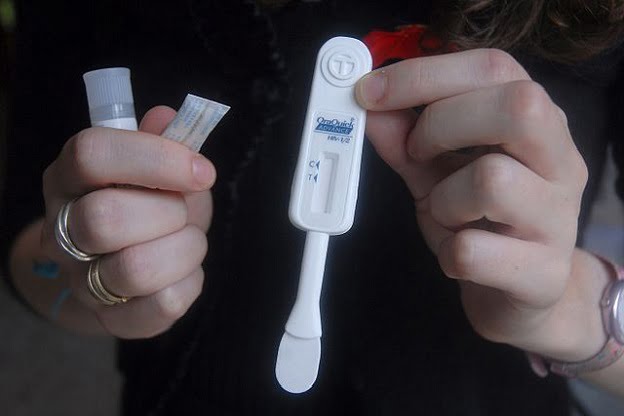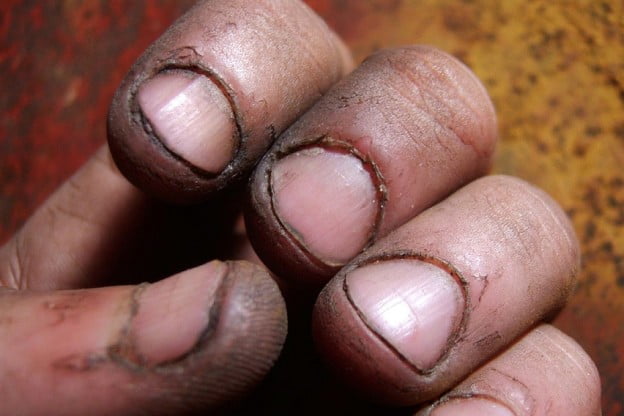Sexual Health
Transgender HIV Testing: Why it Matters
Despite some recent innovations in the arsenal against HIV, such as PEP and PrEP, the virus remains a formidable threat, even in the United States. Monitoring the virus globally is essential for identifying intervention priorities, assessing public health care needs, and evaluating the impact of prevention programming. Yet those most vulnerable to contracting the virus are also least likely to be tested regularly.
In a recent meta-analysis of evidence, transgender women were estimated to be nearly 50 times more likely than other adults of reproductive age to be living with HIV. Yet according to the Centers for Disease Control (CDC), transgender persons are least likely of any of their identified groups to receive regular testing. Limited information is available about HIV/AIDS and transgender persons to explain this. Some evidence suggests that transgender persons may be more likely to engage in risky behaviors due in large part to social stigma and economic marginalization.
Yet such immense disparities in prevalence and testing rates, the CDC has concluded, cannot be explained by individual risk behaviors alone. “Many cultural, socioeconomic, and health-related factors contribute to the HIV epidemic and prevention challenges in the U.S. transgender community. These include higher rates of drug and alcohol abuse, sex work, incarceration, homelessness, attempted suicide, unemployment, lack of familial support, violence, stigma and discrimination, limited health care access, and negative health care encounters.”
In an important step toward addressing this deficit in testing, The Center of Excellence for Transgender Health in San Francisco, which has been instrumental in guiding global transgender HIV prevention programming, developed the National Transgender HIV Testing Day (NTHTD). The first NTHTD launches today and will be held annually on April 18th.
“Although HIV risk is an issue that requires ongoing attention, designating the national testing day is to recognize the importance of HIV testing and continued focus on HIV prevention and treatment efforts among trans people,” observed Jenna Rapues, Capacity Building Specialist at the Center of Excellence.
One of the persistent challenges for service providers is a widespread lack of knowledge, comfort, and skill in addressing the specific prevention needs of transgender persons. While the first transgender-specific HIV prevention education program was developed in 1992, few resources had been directed at transgender programming until very recently. Only in the last ten years has the health status and well-being of transgender persons really begun to receive significant attention and resources from policy makers. This inaugural NTHTD capitalizes on and sustains some of that momentum.
In order to improve provider competencies in working with transgender clients and patients, the Center of Excellence for Transgender Health developed a toolkit (Spanish version to be released in spring 2016) with instructions and resources for Community-Based Organizations (CBOs) hosting transgender testing events in their communities. In doing so, the Center hopes it will empower CBOs who may be struggling to reach transgender members of their communities and indirectly drive more resources toward transgender-specific testing events.
“The success [of NTHTD] is really dependent upon the CBOs and involving the trans community,” said JoAnne Keatley, Director of the Center of Excellence. Drawing from the resources and guidelines in the toolkit, CBOs can host local transgender HIV testing events and/or community forums, as well as launch their own transgender-specific HIV testing campaign materials and resources.
While a national testing day cannot solve the problems of economic and social marginalization that transgender persons disproportionately face, it can work toward removing some of the barriers transgender persons face in accessing health care.









